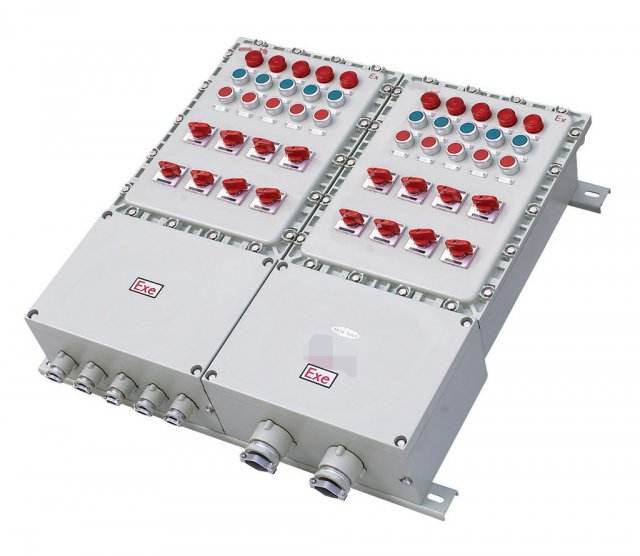What are the common faults of the Jiangmen distribution box
High voltage distribution boxes are widely used in power transformation and distribution system software, with the effect of operating and protecting power circuits. Due to the complex structure of high-voltage distribution boxes and various common fault methods, repair workers have a high degree of difficulty in distinguishing common faults. In order for quick repair personnel to distinguish common types and causes of faults, and immediately carry out repairs to reduce the time for common faults. The distribution box manufacturer provides a detailed introduction to several types of mechanical faults in their business, for everyone's reference.
(1) Common faults of refusal and misoperation
This type of common fault is the key common fault of the high-voltage cabinet, and its causes can be divided into two categories. One type is caused by equipment failures in the operation arrangement and transmission device, mainly manifested as jamming of the arrangement, deformation, displacement or damage of components, loosening and jamming of the iron core of the dividing and closing transformer, loose and broken shaft pins, and ineffective release devices. Another type is caused by electrical control systems and auxiliary control circuits, mainly manifested as loose secondary wiring, loose wiring terminals, incorrect wiring, burning of the opening and closing coils due to jamming or poor switching of switches, insensitivity of auxiliary power switch conversion, and common faults such as switch power supply, reclosing AC contactor, toggle switch, etc. in actual operation.
(2) Common faults in breaking and disconnecting
This type of common fault is caused by the barrier switch itself. For low oil barrier switches, specific manifestations include oil pump short circuit fault, arc extinguishing chamber erosion, lack of breaking ability, and explosion during opening. For vacuum circuit breakers, the main manifestations include arc extinguishing chamber and metal bellows leakage, vacuum value reduction, capacitor bank ignition, ceramic tube cracking, etc.

(3) Common insulation faults
The insulation level is to properly handle the various working voltages (including operating voltage and various overvoltage), various current limiting measures, and the correlation between insulation compressive strength in insulation. To ensure the safety and economic development of the product, and to achieve good economic benefits. The common faults at the insulation level are manifested as external insulation to ground flashover breakdown, internal insulation to ground flashover breakdown, two-color insulation flashover breakdown, lightning overvoltage flashover breakdown, flashover, flashover, breakdown, explosion of ceramic jar waterproof sleeves and capacitor waterproof sleeves, increased pole flashover, breakdown, explosion, ceramic jar rupture, etc.
(4) Common current carrying faults
The common cause of current carrying faults occurring at rated voltages of 72-12KV is the loosening of the protective power plug in the high-voltage switchgear, which causes the circuit breaker to melt.
(5) External forces and common malfunctions
Including collisions with dirty objects, floods, animal short circuits, and other unknown external forces, as well as the occurrence of common accidents.
Article source: Jiangmen substation cabinet http://muaizuowen.com/
-
02-28
What are the safety technical requirements for Jiangmen substation cabinets
Assembling switchgear, measuring instruments, protective appliances, and auxiliary equipment into enclosed or semi enclosed boxes or screens forms a distribution box. What are the safety technical req
-
02-28
Installation environment requirements for Jiangmen substation cabinets
In the process of our practical installation, if the orientation of the distribution box is not very perfect or does not meet the requirements of the practical site, the installation personnel should
-
02-28
Wiring principles of Jiangmen distribution box
We cannot do without electricity. We use electricity almost every day, and electricity has become an indispensable part of our daily lives. Today, we will introduce the wiring guidelines for distribut
-
02-28
How to deal with the tripping of Jiangmen distribution box
Reason for tripping of distribution box:1. Check if the air switch is damaged.2. Check if the air switch wiring is correct. Incorrect and rewire.3. Check the insulation of the circuit on the load side